We are hiring for a Dentist and Dental Nurse! Check Careers page for more details!
Services
Preventative Dentistry
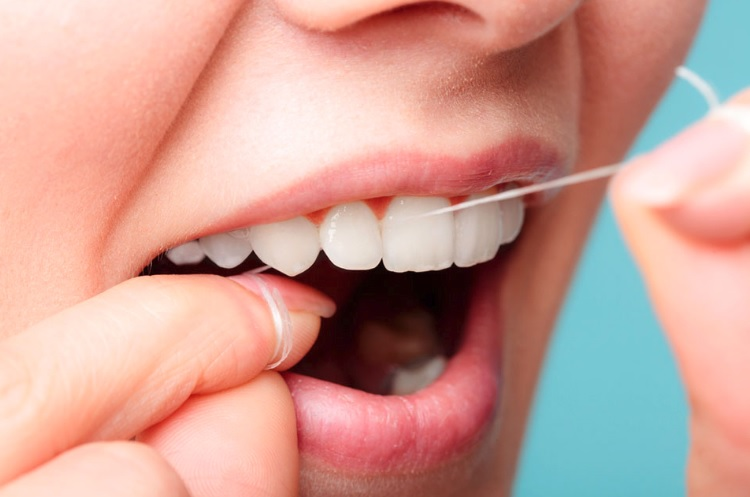
We offer many preventative dental treatments, including:
Book Service
6 month check-up and clean
This involves a full check of your mouth including:
A check of your facial muscles, throat and tongue
An updated charting of previous treatment
Bite-wing x-rays to help identify any further treatment you may require
Fluoride trays
Fissure sealants
A safe and painless way to protect your children’s teeth from decay. It is a filling material that is placed over the chewing surfaces of the adult molars, shielding the tooth from food and bacteria that can potentially get caught in the tooth’s tiny grooves – forming decay.
Fluoride treatment
Fluoride helps prevent tooth decay by making the tooth more resistant to acid from plaque bacteria and sugars in the mouth. It also reverses early decay. An easy treatment, often following a regular check-up and clean.
Restorative Dentistry
Fillings are the most common type of ‘restorative treatment’.
Book Service
There are various types of filling materials that we use including:
Composite resin “white fillings”:
white, plastic based with shades that match the appearance of your teeth, making the filling appear more natural.
Glass Ionomer Cement:
a fluoride releasing material that can be used as a long term temporary or permanent restoration.
Whitening
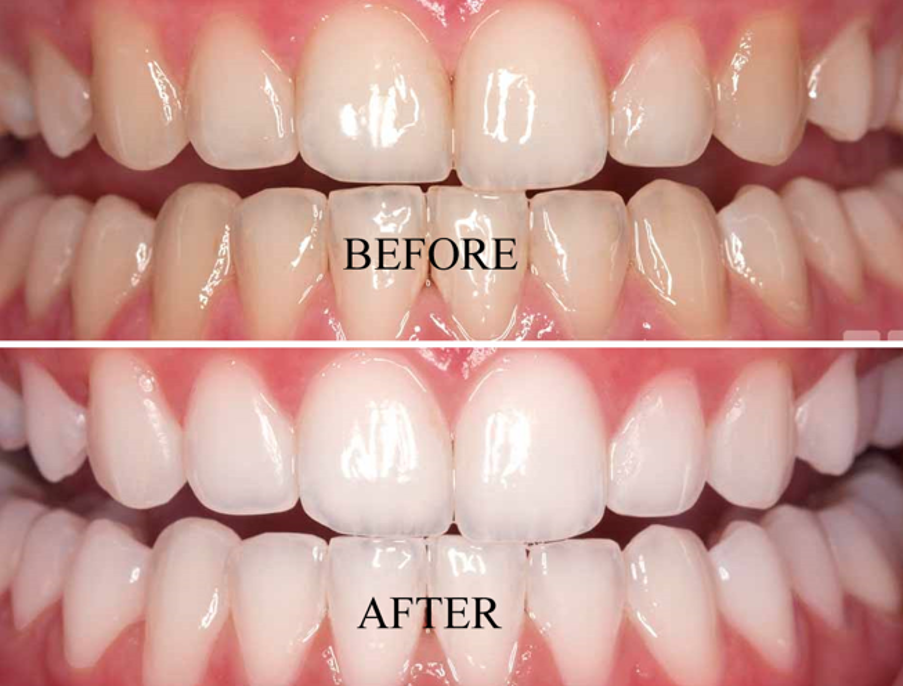
We provide a range of whitening options for our patients. The options include:
Book Service
At home whitening trays:
This involves the Dentist taking impressions of your teeth and making custom fitted trays for you to use at home along with your bleaching gel.
Root Canal
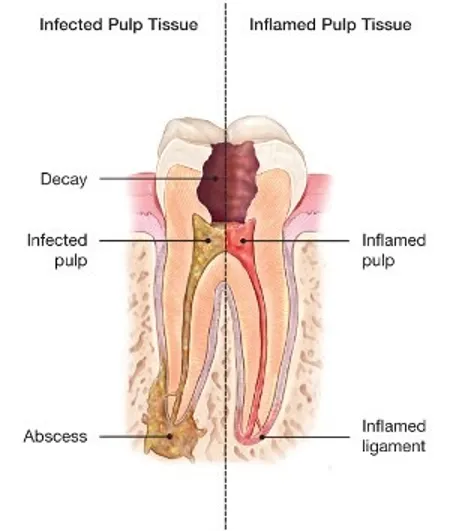
Although the nerve in your tooth is dead or dying, the tooth is not and it is because of this that we can clean out the small space in the centre of the tooth occupied by the nerve, disinfect it and seal it with a crown.
Book Service
This treatment will take anywhere up to 3 appointments to complete (not including the crown), but in return you will get to keep the teeth you have!
Tooth Extractions

If the nerve in your tooth has died or is dying and an infection is beginning to form, you have two options left:
Book Service
Root canal treatment
Tooth extracted
Unfortunately, the pain and cost of the root canal treatment take preference over keeping the teeth we have. This procedure is completed using a local anaesthetic, which we use as well as a numbing gel on the gum beforehand. The importance of the aftercare is critical to a properly healed socket, as a lot of things can contribute to a dry socket infection. You will be advised by the Dentist about all things that can lead to infection, post extraction.
Crowns, Bridges, Inlay or Onlay
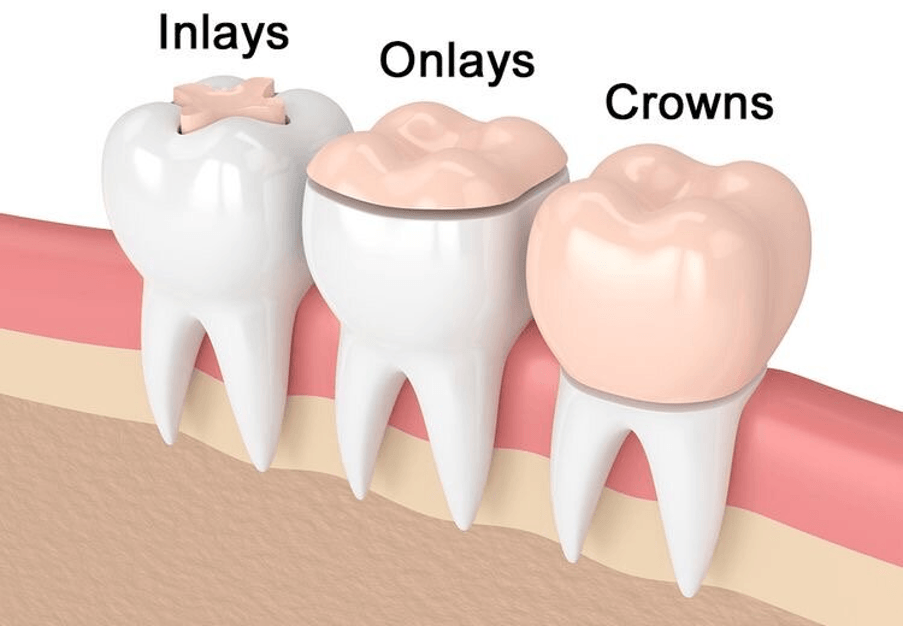
Crowns:
Book Service
A crown is a cap or covering for a tooth. It is used when your tooth is discoloured, cracked or broken, heavily filled or if fillings have been lost. A crown is also placed after root canal treatment.
Bridges:
A dental bridge is a ceramic structure, spanning the gap left by a missing or extracted tooth. A ceramic tooth (pontic) is fused between two or more porcelain crowns on either side of the missing tooth that serve as anchors. The anchor teeth are shaped to accommodate the crowns and then a bridge is bonded securely over these teeth.
Inlays & Onlays:
These are used when a hole that requires a filling is very wide, or deep. An ‘inlay’ fits inside the tooth and looks like a normal filling, but an ‘onlay’ covers part of the top of the tooth as well as filling the hole.
Complete or Partial Removable Dentures Implant Dentures
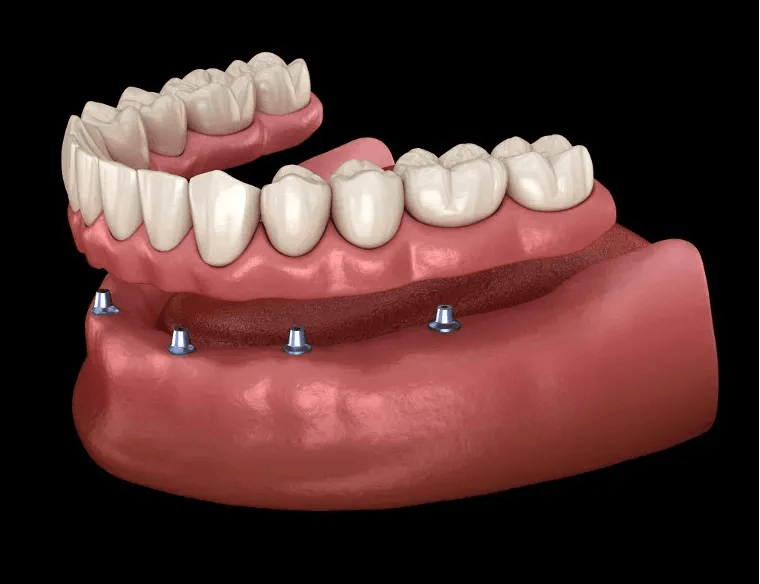
These are low cost way of replacing a missing tooth or teeth. They are sometimes used as a temporary measure while patients are waiting for an implant or for financial reasons.
A partial denture replaces several teeth, whereas a full denture replaces all teeth in the upper and/or lower jaw.
A partial denture has the teeth adhered to it and metal clips protruding from them. These are positioned to grip onto your existing teeth and holds everything in place.
Veneers
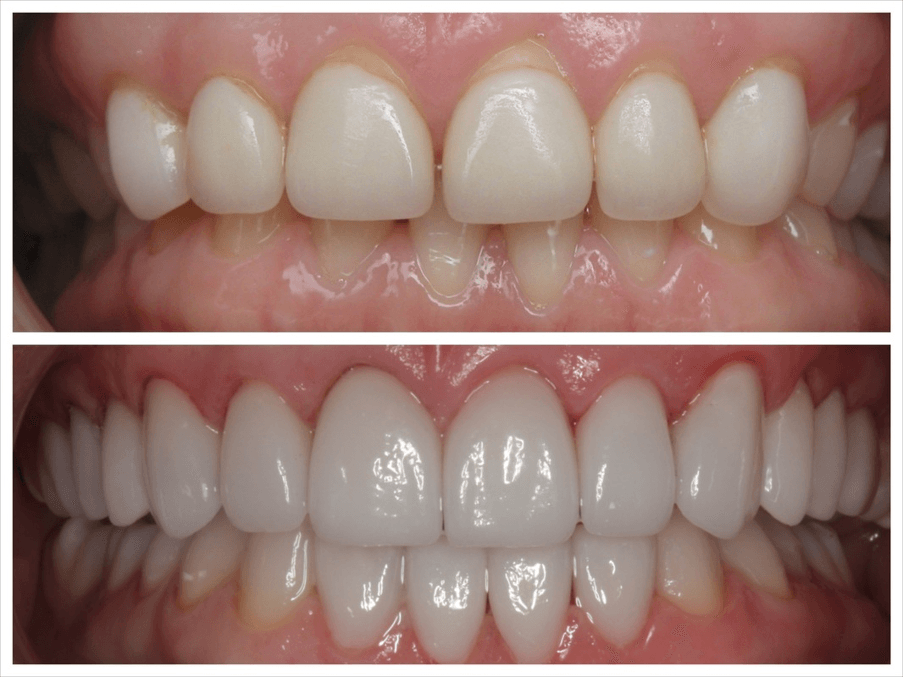
A veneer is a thin shell of material that is placed over your natural tooth to correct the size, colour, shape or appearance in some way. These are often for anterior teeth or front teeth because they greatly improve the appearance of your smile.
Book Service
There are two different materials that veneers are made of:
Porcelain:
A high surface glaze or gloss in appearance, which cannot be removed with tooth brushing and will not stain as easily as composite veneers. They are also a lot stronger. May take a few appointments to complete as the porcelain is created in a lab.
Composite:
Less expensive in price than porcelain and can be completed in one single appointment. Simple and not overly expensive.
X-Rays and Imaging
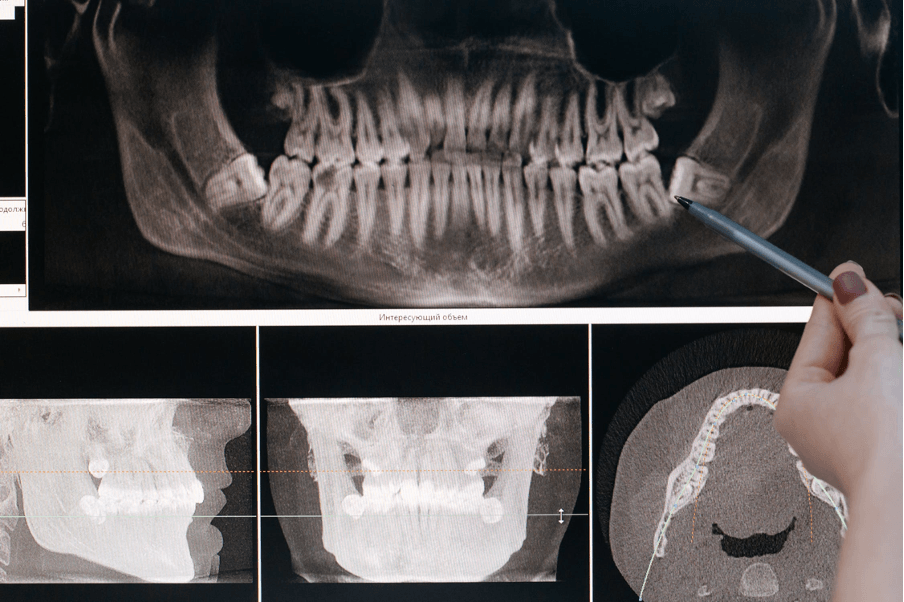
Our practice has the ability to take individual X-ray images and Orthopantomogram (OPG) X-rays to assist in your treatment and preventative dental requirements.
Book Service
Call: (02) 6766 1602
Book Online
Email: admin@centrepointdental.com.au
